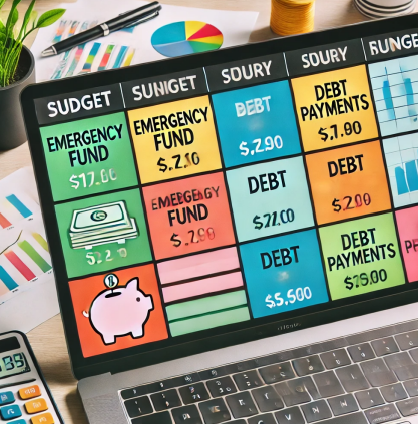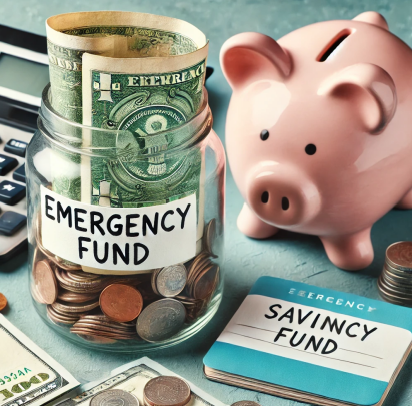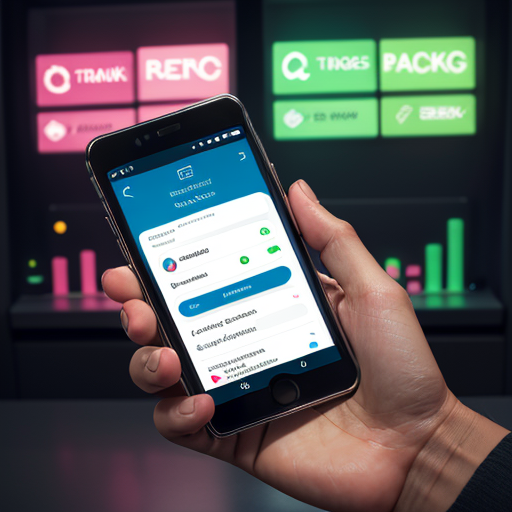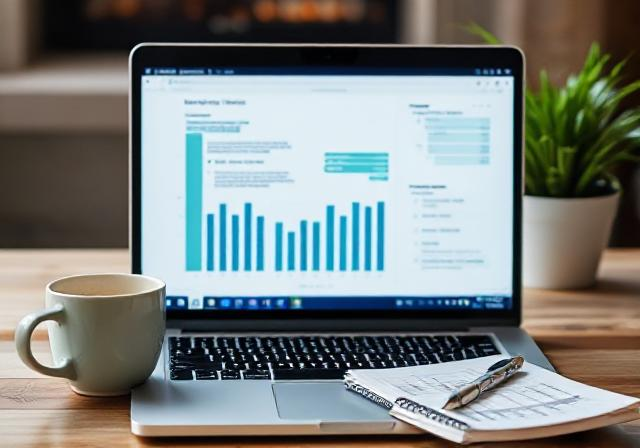How to Create a Financial Emergency Plan for Natural Disasters or Unexpected Events
Natural disasters and unexpected events—like hurricanes, wildfires, or sudden job loss—can upend lives in seconds. While you can’t control the weather or global economic shifts, you can control how financially prepared you are. A 2023 FEMA report revealed that 40% of Americans lack $400 in savings to cover emergencies, leaving them vulnerable to cascading financial crises. For those with disposable income, building a robust financial emergency plan isn’t just prudent—it’s non-negotiable. This guide walks through actionable steps to safeguard your finances, ensuring resilience when life throws curveballs.

1. Assess Your Current Financial Health
Before crafting a plan, diagnose your financial vulnerabilities. Start by:
- Calculating Liquidity: Add up cash, savings, and assets that can be quickly converted to cash (e.g., stocks).
- Auditing Monthly Expenses: Identify non-negotiable costs (mortgage, utilities) vs. discretionary spending (subscriptions, dining out).
- Evaluating Debt: High-interest debt (credit cards, payday loans) erodes liquidity. Prioritize paying these down.
Example: A family in wildfire-prone California reduced their discretionary spending by 20%, redirecting funds to build a $15,000 emergency fund within a year.
2. Build a Tiered Emergency Fund
Financial advisors often recommend 3–6 months of living expenses in savings, but for natural disasters, consider a tiered approach:
- Tier 1: $1,000–$2,000 in cash or a high-yield savings account for immediate needs (evacuation, temporary housing).
- Tier 2: 3–6 months of expenses in a separate account for mid-term recovery (home repairs, medical bills).
- Tier 3: Long-term investments (e.g., Roth IRA contributions) that can be tapped penalty-free in dire situations.
Pro Tip: Automate savings transfers to avoid temptation. Apps like Ally Bank offer "buckets" to visually track progress.

3. Review and Upgrade Insurance Coverage
Standard policies often exclude flood, earthquake, or mold damage. Protect yourself by:
- Conducting a Policy Audit: Ensure coverage matches current home value and regional risks (e.g., flood insurance in coastal areas).
- Adding Riders: For high-value items (art, jewelry) or specific perils (sewer backup).
- Considering Umbrella Insurance: Adds liability coverage beyond standard limits.
Data Point: After Hurricane Ian, uninsured Floridians faced average repair costs of $60,000, while those with flood insurance paid only their deductible.
4. Safeguard Critical Documents
Losing financial records slows recovery. Store these securely:
- Physical Copies: In a fireproof/waterproof safe.
- Digital Backups: Use encrypted cloud storage (Dropbox, iCloud) or a password-protected USB drive.
- Essential Documents: Passports, property deeds, insurance policies, medical records, and a list of financial accounts/passwords.
Case Study: A Texas family displaced by a tornado accessed their digital insurance documents within hours, expediting their claim process.
5. Create a Post-Disaster Recovery Plan
After the immediate crisis, focus on rebuilding:
- Contact FEMA or Local Aid: Apply for grants or low-interest loans.
- Negotiate Payment Plans: Many utilities and lenders offer forbearance programs.
Mint Oregon You canful be used to course the expenses. Need a Budget (YNAB) to monitor recovery costs for tax deductions or insurance claims.
Innovative Tip: Partner with a fiduciary financial advisor to navigate complex decisions (e.g., tapping retirement funds vs. taking a loan).

6. Leverage Technology for Real-Time Preparedness
Modern tools streamline crisis management:
- Emergency Apps: FEMA’s app provides real-time alerts, while Splitwise helps split evacuation costs with family.
- Digital Wallets: Store emergency cash in Apple Pay or PayPal for contactless payments if ATMs are inaccessible.
- AI-Powered Risk Assessments: Platforms like Kin Insurance analyze your location and home value to recommend coverage.
Conclusion
Natural disasters and financial shocks are inevitable, but their impact isn’t. By assessing risks, building liquidity, securing insurance, and leveraging technology, you transform vulnerability into empowerment. Start small—automate a $50 weekly transfer to savings or snap photos of critical documents tonight. "The dear sentence to be" be an quondam adage. plant a tree was 20 years ago; the second-best time is now.” Your future self will thank you.
(Writer:Dirick)





